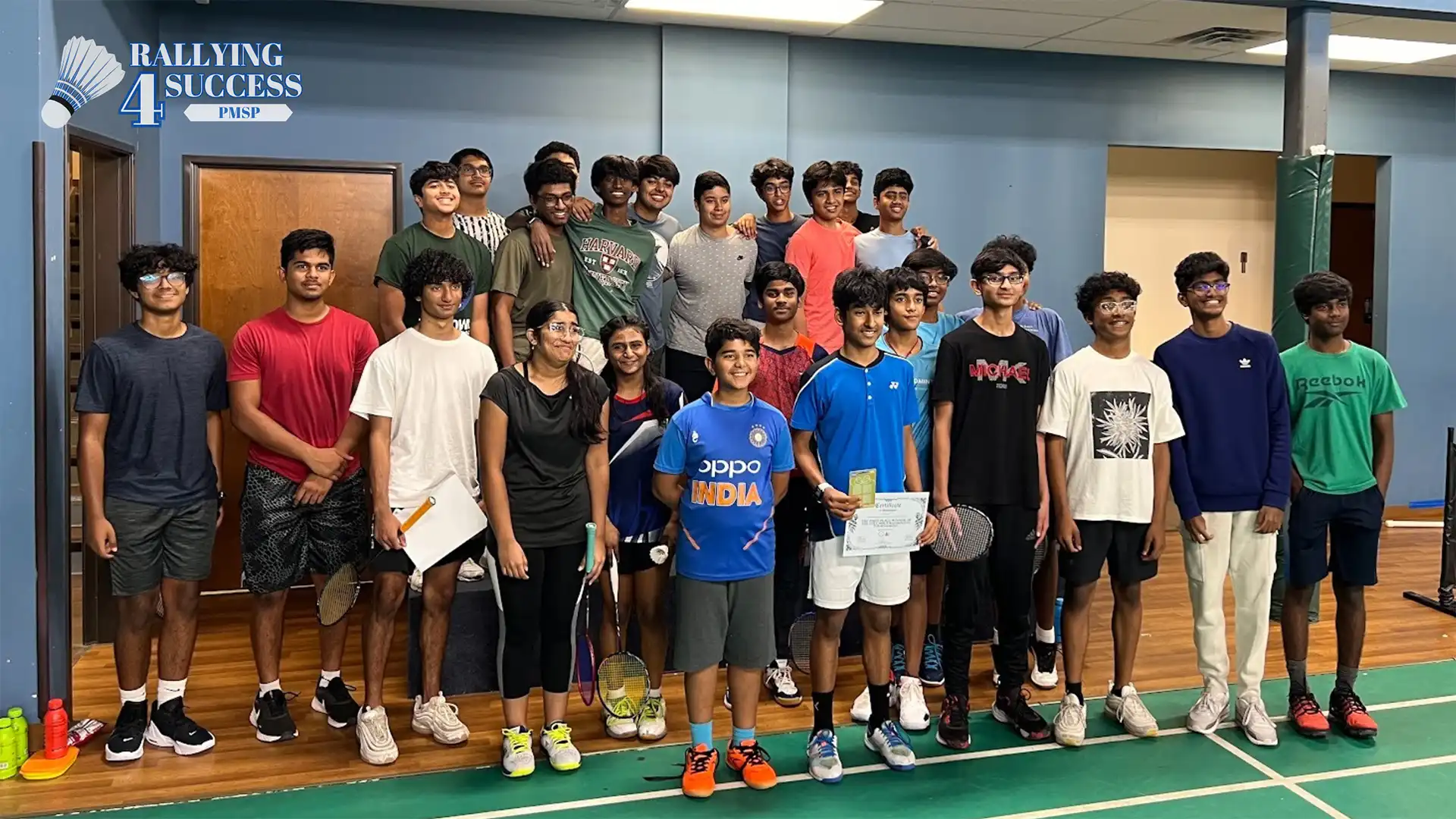Contributed by Alp Oenguec | Great Oaks Sycamore High School, OH
When I tell people I compete in Human Resource Management (HRM), they often picture dealing with employee conflict, internal complaints or enforcing policies. While these functions are true for the HR department to handle, they are not a large part of the HRM series event content, barely scratching the surface of HR’s intricacies.
In reality, DECA’s HRM event focuses on shaping organizational culture, staffing and employee relations. Understanding HRM involves holistically running successful businesses, not just solving trivial workplace problems.
Organization Development
Organizational development focuses on improving an organization’s (company’s) capabilities by aligning its structure, people and strategy. HR professionals help design organizational culture to be efficient, innovative and adaptive. HR’s focus on culture, training programs and strategy enables companies to achieve long-term success.
Whether it’s refining communication processes, promoting DEI policies or implementing new efficiency initiatives, HR plays an integral role in a business’s operations. In DECA, HRM participants will often be asked to make changes to better the organization’s goals.
Staffing
Contrary to popular belief, staffing goes beyond traditional interviews and job applications. In HRM, staffing can be split into three functions: talent acquisition, training and employee retention.
Talent acquisition deals with workforce planning, current and future staffing needs analysis, and recruiting candidates for the job. To carry out staffing processes, a clear goal must be defined through workforce planning. Afterward, recruiting and selection can take place.
Once a candidate is selected, the orientation (training) process begins. HR professionals are responsible for pre-boarding and onboarding new employees, ensuring a smooth transition into their role and integration with company culture.
On the latter end, retention processes focus on keeping current employees at the business. Retention strategies such as fostering positive employee relations reduce turnover and retain valuable talent. Overall, staffing ensures that an organization's workforce needs are met, alignment with organizational goals is maintained and employee morale remains positive.
Employee Relations
People often associate employee relations with dealing with conflicts between employees, but employee relations go beyond that. Employee relations focus on fostering a positive work environment to boost morale and productivity. HR professionals often offer competitive benefits and career development opportunities to remain favorable.
Another integral function of employee relations is reinforcing employer-employee relationships. Strong employer-employee relations ultimately boost motivation and engagement by recognizing achievements, providing feedback and proactively addressing concerns. Strengthening employee relations as a whole improves employee retention and satisfaction.
The Bigger Picture of HRM
If there is anything you should take away from this article, it is that human resource management isn’t just an unimportant part of a business–it is a crucial part of a business as a whole, ensuring that a business has the resources it needs to fuel its workers. Summing HR up to its most basic and stereotypical functions would discount its invaluable role in a business. HRM is about building and shaping a business, utilizing skills essential in all business settings, not just HR roles.
In DECA, it’s important that HRM is viewed as what it truly is: an opportunity to make meaningful changes to a business. HRM isn’t just about managing people–it’s about building businesses, facilitating employee success, and creating organizational cultures where employees can thrive!














